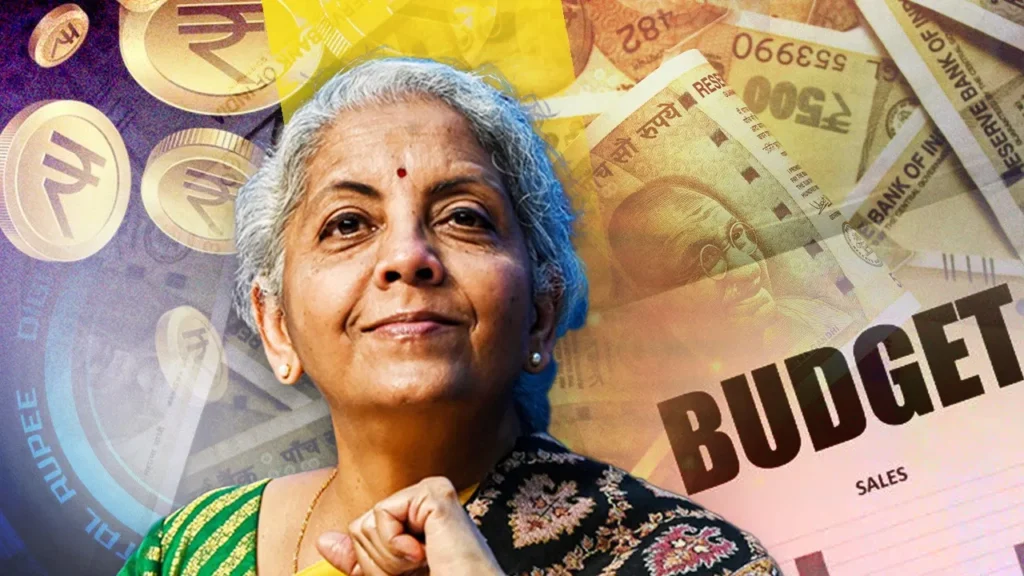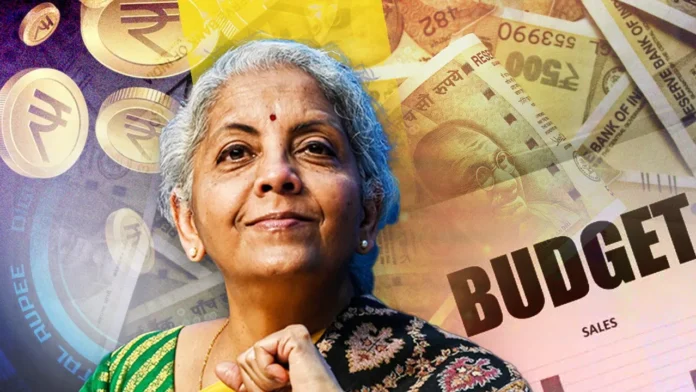India’s Union Budget 2025: A Comprehensive Analysis
The Union Budget 2025, presented by Finance Minister Nirmala Sitharaman on February 1, 2025, introduces a series of strategic measures aimed at stimulating economic growth, enhancing infrastructure, and providing significant relief to the middle class. This comprehensive analysis delves into the key aspects of the budget, highlighting its potential impact on various sectors of the Indian economy.

Middle-Class Tax Relief: Enhancing Disposable Income
n a bid to boost consumption and provide relief to the middle class, the government has revised personal income tax rates. he tax-free income threshold has been raised to ₹1.2 million, and the tax slabs have been adjusted to benefit taxpayers across various income brackets. these changes are expected to increase disposable income, thereby stimulating consumer spending and contributing to economic growth.
Fiscal Discipline: Targeting a Reduced Deficit
emonstrating a commitment to fiscal prudence, the government has set a target to reduce the fiscal deficit to 4.4% of GDP.o fund this deficit, plans are in place to borrow ₹14.82 trillion through bonds.his approach balances the need for economic stimulus with the imperative of maintaining fiscal health.citeturn0news12 Infrastructure Development: A Shift Towards Railways
he budget signals a strategic shift in infrastructure development, with a renewed focus on the modernization of the railway network. allocations for the railways are expected to increase to between ₹2.9 trillion and ₹3 trillion for the fiscal year 2025-26.his investment aims to expand track networks and introduce 400 high-speed trains by March 2027, enhancing connectivity and supporting economic activity. Support for Key Sectors: Agriculture, Manufacturing, and Financial Services
he budget introduces several initiatives to bolster critical sectors:
- Agriculture: nhanced support measures are in place to increase productivity and ensure the welfare of farmers.
- Manufacturing: he government has proposed a ₹25,000 crore Production Linked Incentive (PLI) scheme targeting electronic components such as printed circuit boards, batteries, display units, and camera modules. This initiative aims to reduce import dependence and strengthen domestic manufacturing capabilities.citeturn0search4
- Financial Services: he Foreign Direct Investment (FDI) limit in the insurance sector has been raised to 100%, encouraging greater foreign participation and investment in the sector.citeturn0news13 Encouraging Private Investment: Stimulating Economic Growth
o foster private investment, the budget outlines measures designed to create a more conducive business environment.hese include simplifying regulatory frameworks, providing incentives for startups, and promoting ease of doing business.uch initiatives are expected to attract domestic and foreign investors, thereby driving economic growth. Reactions to the Budget: Diverse Perspectives

he budget has elicited a range of responses from industry experts and stakeholders:
- Anuj Puri oted a lack of announcements for the affordable housing sector.
- Apoorva Ranjan Sharma raised the creation of a significant fund for startups, viewing it as a positive step towards fostering innovation and entrepreneurship.
- Sakshi Gupta xpects the tax reforms to spur consumer demand and savings, projecting a GDP growth of 6.6%.
- Balamurugan Shanmugam highlighted the potential benefits of increasing FDI limits in the insurance sector, anticipating enhanced capital inflow and sectoral growth. hese varied reactions underscore the multifaceted impact of the budget across different sectors and demographics.
- Conclusion
he Union Budget 2025 presents a balanced approach to economic development, combining fiscal discipline with strategic investments in key sectors. he emphasis on middle-class tax relief, infrastructure modernization, and support for critical industries reflects the government’s commitment to fostering inclusive and sustainable economic growth.s these measures are implemented, their effectiveness in achieving the desired economic outcomes will be closely monitored by stakeholders across the nation.
more from us:


